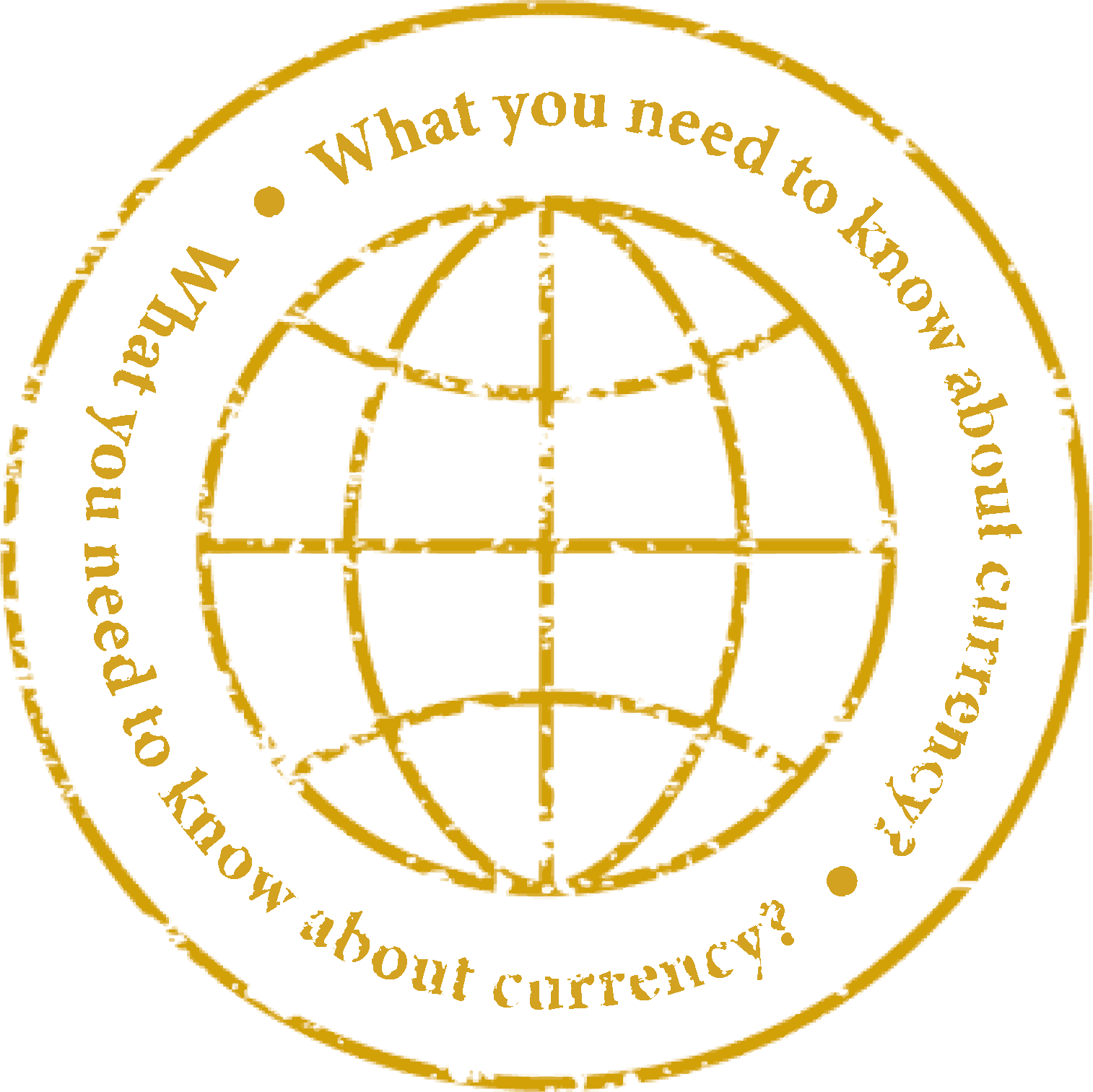Swiss Franc exchange rate
Are you interested in the current exchange rates and the price of the franc? Stay up to date at all times! Below we present the current quotes of the franc in our online exchange.
Swiss franc cheaper than in banks and exchange offices!!
Repay your foreign currency loan with InternetowyKantor.pl and save several hundred zlotys a year!!
Check nowSwiss Franc exchange rate - chart
The chart is updated in real time
Problem with data downloading.
Exchange rate franc in the charts is presented for indicative purposes, based on approximate data and is not of a transactional nature, i.e. it is not part of the website's offer or a proposal to make a transaction.

Swiss franc
According to the ISO 4217 standard, the Swiss franc is referred to as CHF, but one can also encounter the abbreviations "Fr" or "SFr". The CHF exchange rate was famous for its stability from the very beginning and, despite the controversial mortgages in francs, the currency is still considered one of the safest.
French, German, Italian… and yet Swiss. a few words about the modern CHF
The franc is the official currency of Switzerland and Liechtenstein. CHF 1, not surprisingly, is divided into 100 units. However, naming them is not so simple. In Switzerland there are as many as four abbreviations referring to the hundredth part of the franc and, depending on the languages used in the country, they are as follows:
rappen („Rp”) - in German,
centime („c”) - in French,
centesimo („ct”) - in Italian,
rap („rp”) - in Romansh.
However, when it comes to the appearance of the coins, they are linguistically neutral, so they do not contain inscriptions in any of the languages used in Switzerland. Their denominations are: 5, 10, 20 and 50 centimes, CHF 1 and CHF 2 and CHF 5. The obverse of the coins features Helvetia, the female national personification of Switzerland. The banknotes, however, bear inscriptions in each of the 4 official languages and come in the following denominations: CHF 10, CHF 20, CHF 50, CHF 100, CHF 200 and CHF 1000. What distinguishes them is their modern design and expressive colours, but also a high security standard, especially the series that was issued in 2016-2019.
Swiss francs – history that built trust
he Swiss franc has a relatively short history, because its origins date back to the turn of the 18th and 19th centuries. It was officially introduced in 1850, replacing local currencies of different denominations and origins, issued by dozens of independent entities. Under the Swiss federal constitution, only one entity, i.e. the central bank, was given the right to issue francs. The Swiss National Bank, which operates as a joint-stock company and has been privately owned since 2015, is responsible for monetary policy, including decisions affecting the Swiss franc exchange rate.
The franc was initially pegged to silver, and from 1920 also to gold. Although the connection with gold was ultimately severed in 1936, the franc remained a strong, safe and stable currency. The reason for this was, among others, that until 2000 the constitution guaranteed the coverage of 40% of the value of all issued funds in the above-mentioned metal.
When the franc exchange rate rapidly strengthened in 2015, many foreign currency borrowers, who had previously enjoyed cheap mortgages in this currency, suddenly found themselves in a very difficult position and are still watching the CHF PLN pair with concern. Even now, mortgages in francs evoke extreme emotions, and questions about help for franc borrowers are still resounding in political and economic discussions.
What is worth knowing about CHF?
-
The seventh series of franc banknotes was not in circulation at all. This was a so-called reserve series, developed in case of counterfeiting of the sixth series of banknotes.
-
Swiss francs, as the only ones in the world, are issued in banknotes that are viewed vertically, not horizontally.
-
Poles, contrary to appearances, are not record debtors when it comes to loans in francs. According to 2014 data, Austrians had much higher debt in francs.

The notification has been enabled
When the exchange rate EUR is lower than you will receive an email to this address